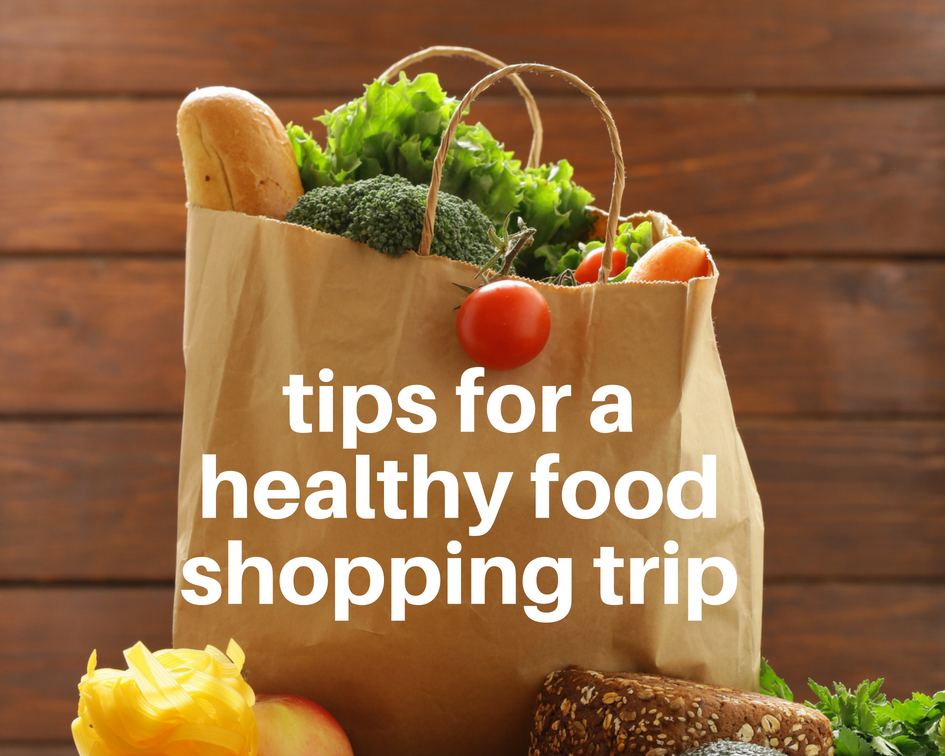How many times have you gone to the grocery store and left with a cart filled with unhealthy items you don’t really need? The first step to healthy grocery shopping is planning! When creating your grocery list, it’s best to have a meal plan. Follow these tips to quickly build your list without any hassles or meal planning fails.
1. Start with what you have. Take a good look in your fridge, freezer, and pantry. What do you have now that you could incorporate into next week’s plan?
2. Be organized. Organize your list into protein foods, starches, and non-starchy vegetables. Make three separate columns so you can easily see what you have in each category.
3. Start planning. Now it’s time for the fun part, begin by writing down meal ideas using what you have. As you go, you can start making a grocery list of items you need to shop for to prepare complete meals.
4. Plan enough meals. It’s best to plan at least 2-3 breakfast options, 3-4 lunch ideas, and at least five solid dinner meals.
5. Consider your hectic week. You should plan to make meals that require more time on nights you have more time. Save the shorter back up meals (like scrambled eggs and spinach) for nights you have less time. Remember to make a note for nights that you have dinner plans out, so you don’t overbuy food you don’t need.
6. Challenge yourself to stick to your list. Make sure you bring your list with you to the store and then challenge yourself to stick to it. Allow yourself only one item not on your list to go into your grocery cart. Not bringing junk into the house makes it less accessible and therefore you will be less likely to eat it.
7. Eat before you go to the store. Avoid going to the store hungry. You are less likely to stick to your grocery list when you’re hungry.
Once You Get to The Grocery Store
1. Read Ingredients First! When you are considering purchasing a product, it’s best to read the ingredients on the label. Ask yourself:
- Do you understand all the ingredients? If not, don’t purchase.
- Is there an excessive amount of ingredients in this product? If yes, don’t buy it.
- Is this easy enough to make? Will you do it? If you won’t make it, then buy it (like healthy salad dressings).
2. Use the Bulk Bin. To save money and prevent running out of healthy ingredients in the pantry, use the bulk bin for items such as:
- Oats
- Quinoa
- Beans
- Rice
- Nuts
- Seeds
3. Stock Your Freezer.
- Meats: Ground beef, whole chicken breasts, thighs, and seafood freeze well
- Frozen veggies
- Frozen pre-prepped grains like quinoa and brown rice
4. Stock Your Pantry.
- Seasonings: Make sure you have a vast array of seasoning blends that will help you spice up a meal.
- Condiments & Sauces: Ketchup, mustard, and sauces galore to keep things interesting.
